Urban Fashion: Exploring the Best Streetwear Designers
Jul 23, 2024

Asal Azimi
Streetwear designers are on the rise and have become major players in the fashion world. Once a niche subculture, many streetwear brands are now transforming global trends: This movement seamlessly blends comfort with a high-fashion aesthetic, harmonizing self-expression with practicality in a stylish setting. The numbers speak for themselves:
According to a recent study by 360 Research Report the Global Streetwear market is expected to experience significant growth between 2024 and 2032. In 2023, the worldwide streetwear market reached a value of US$ 195.5 billion. It is projected to grow to US$ 251.39 billion by 2030, with a compound annual growth rate (CAGR) of 3.6% expected between 2024 and 2030.
The emergence of streetwear designers
The surge in popularity of streetwear has brought a wave of designers and labels into the industry. These brands are known for their unique styles, high-quality materials, and innovative fashion sense that appeals to a wide range of audiences.
Whether inspired by surfers, artists, or urban trendsetters, each brand has its own story and commitment to craftsmanship, securing its spot in the everyday wardrobe and the diverse landscape of street fashion.
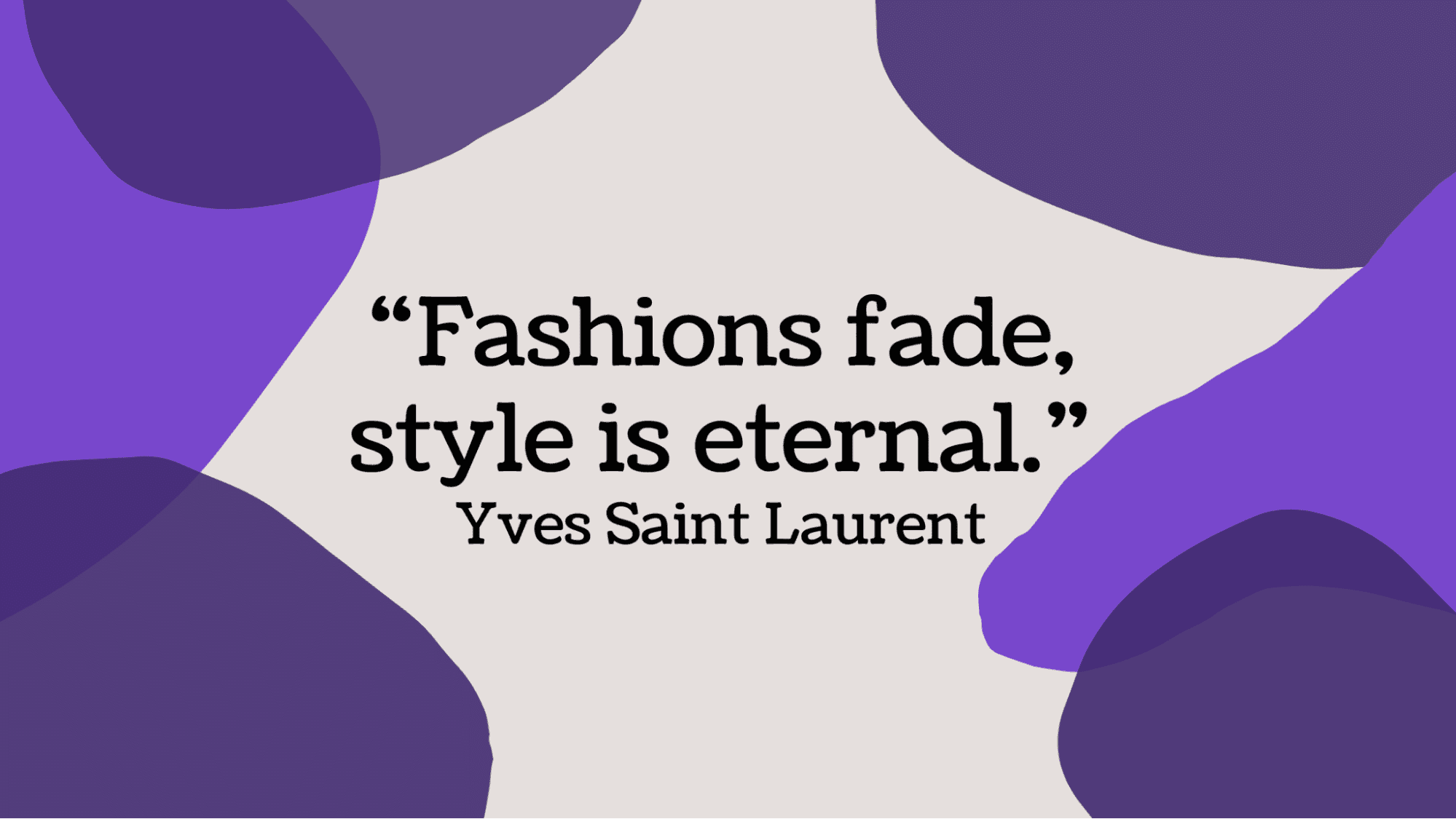
From Origins to Icons: The Evolution of Streetwear Designers
The streetwear trend originated in the late 1980s when Shawn Stussy, founder of Stüssy, a small surfboard company, started printing logo t-shirts in Los Angeles, California, sparking its growth.
In the early 1990s, the streetwear journey continued as major record labels linked to hip-hop acts like Tommy Boy Records and Def Jam Recordings started selling branded items on letterman jackets and workwear jackets from companies like Carhartt.
By the mid-90s, streetwear had made its way into the hip-hop scenes of New York, the nightlife of Japan, and the skating community in California. Graphic tees, baggy jeans, and bold sneakers were intentionally designed as a form of expression for their wearers: the rapper, the skater, and the rebel.
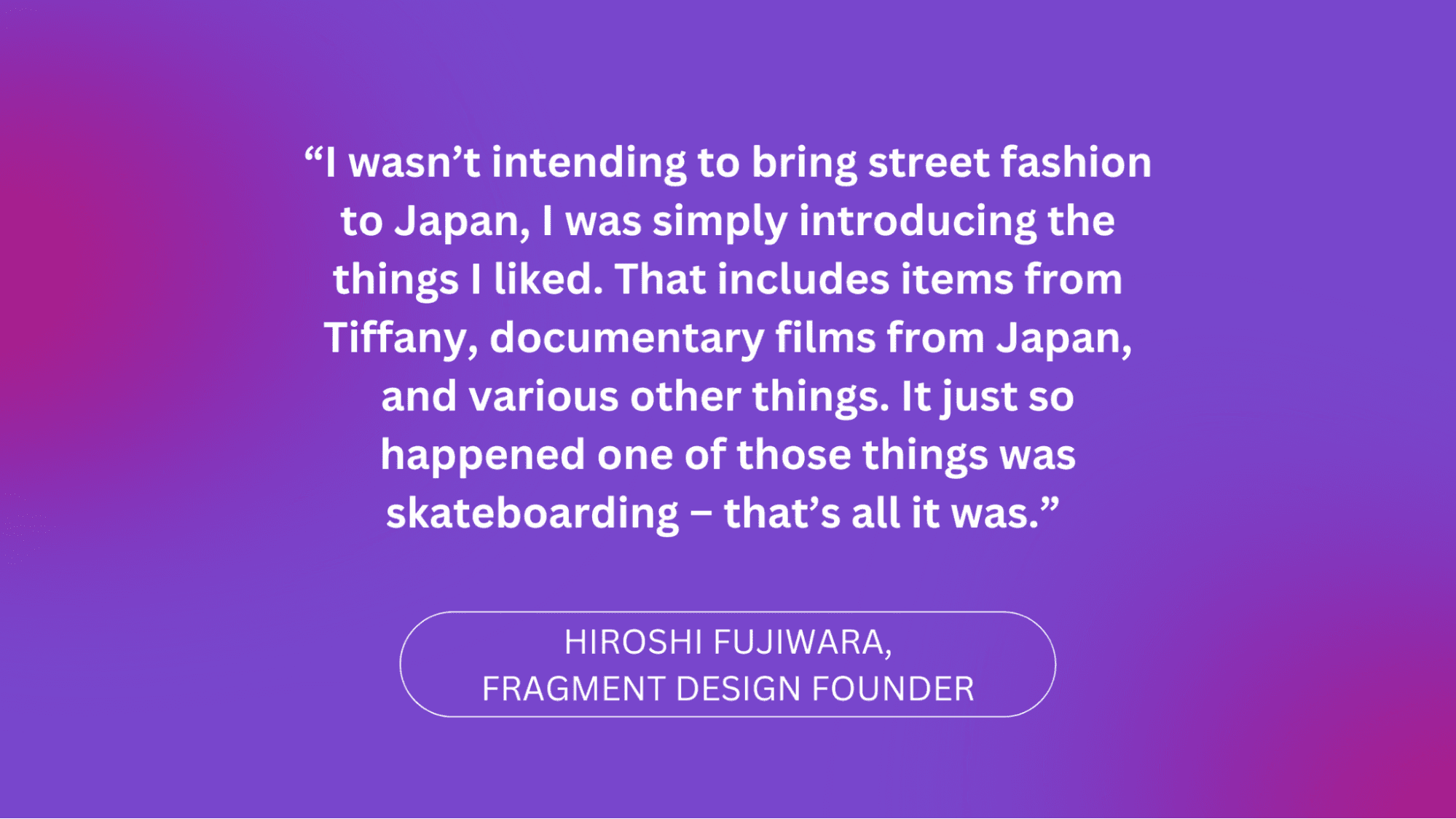
Even though Streetwear originated in the 80s, but it wasn't until the early 2000s that it gained popularity, thanks to skaters influencing pop culture. Supreme and Stussy dominated the scene in America and Europe during this time. Since then, streetwear has evolved and expanded its audience.
The 2000s also saw the rise of the "bling" culture, with luxury brands like Burberry, Gucci, and Fendi making appearances in hip-hop videos and films. Fashion clothing manufacturers began adopting the concept of limited-edition capsule collections, known as "drops," using social media and product scarcity as marketing tools.
Why are streetwear brands so popular?
The impact of streetwear on retail culture and the fashion industry has captured the attention of renowned brands in retail, luxury goods, and the broader fashion sector.
Streetwear encompasses a diverse array of players within the fashion industry, including pure streetwear brands, sportswear companies transitioning into streetwear with trendy sneakers and hoodies, and luxury brands seeking to establish a presence in the streetwear market. This interest is largely driven by the opportunity to tap into a new demographic of younger consumers. The audience for streetwear is predominantly youthful, with a majority under the age of 25.
One key aspect that has piqued the interest of established brands is how streetwear has disrupted the traditional fashion trend model. Unlike the conventional top-down approach in the fashion industry, where insiders dictate trends, streetwear has empowered customers to shape what is considered fashionable.
This shift has redefined the notion of exclusivity and desirability, emphasizing scarcity and insider knowledge over high prices. In essence, streetwear has revolutionized the profitability of being "cool."
The most iconic streetwear designers: a compilation
Stüssy: Leading the Way in Street Fashion
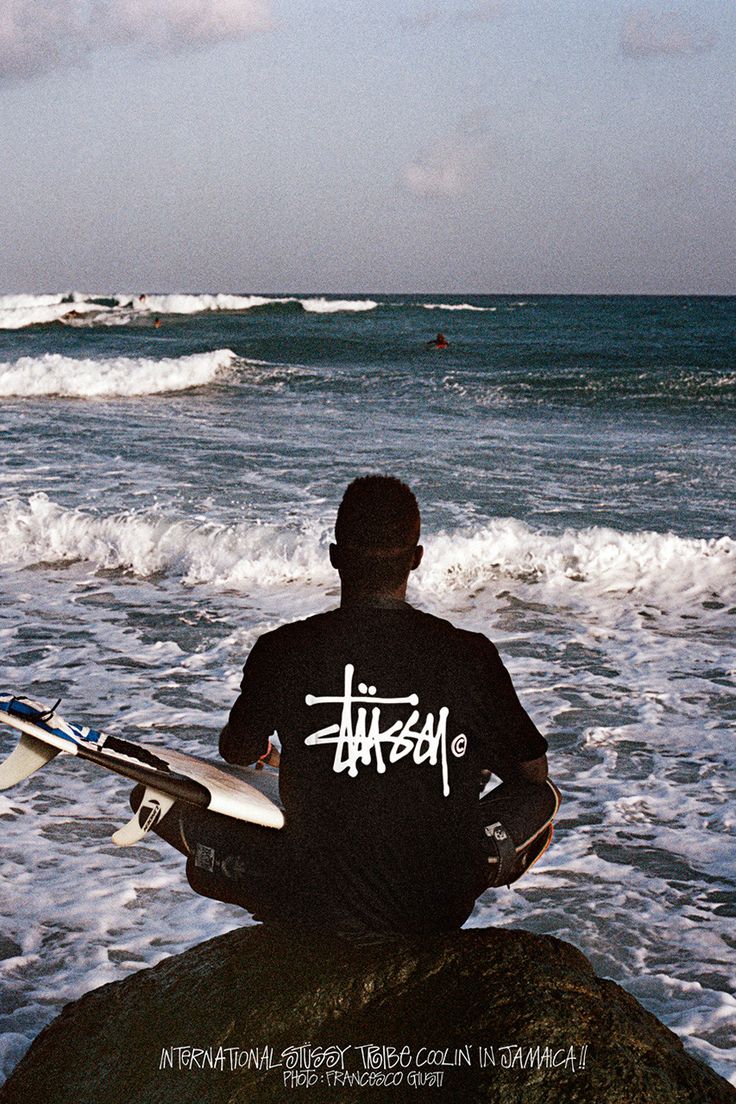
Photo: Pinterest
Stüssy is more than just a brand—it's a legacy. Founded by Shawn Stussy in the early '80s, Stüssy revolutionized streetwear by blending surf and skate culture. It quickly became a must-have in countercultural fashion worldwide. With its iconic logo and innovative designs, Stüssy continues to influence and shape the streetwear scene.
Supreme: An iconic brand from the streets of New York
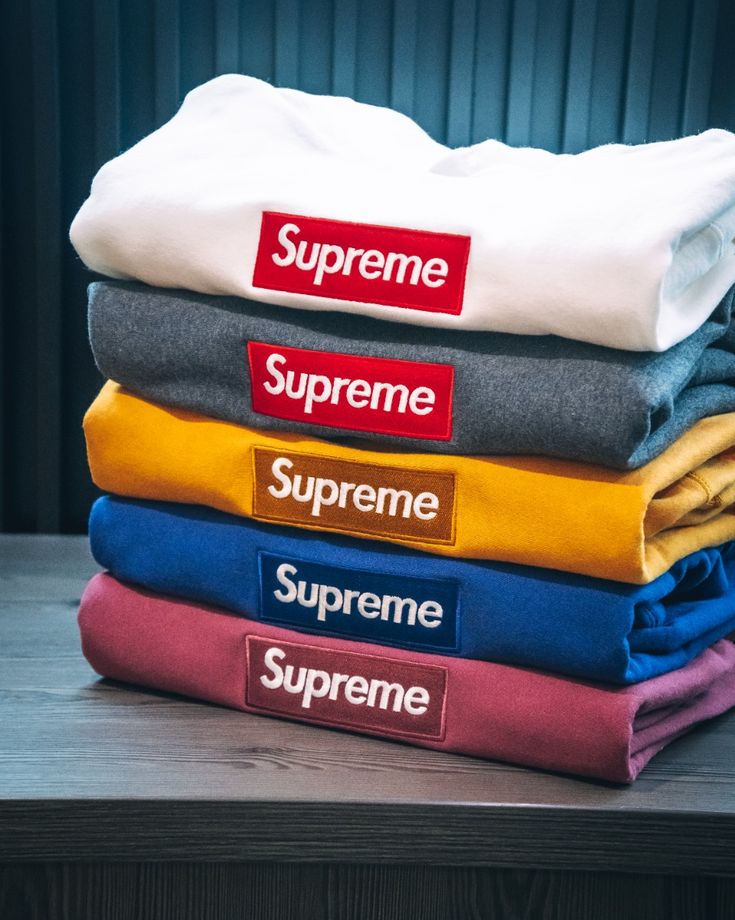
Photo: Pinterest
Supreme began as a skate shop in New York and quickly gained widespread popularity, becoming closely associated with street and youth culture. Renowned for its limited releases and partnerships, Supreme's iconic box logo now represents both exclusivity and a sense of community.
Palace: London's Skateboarding Brand
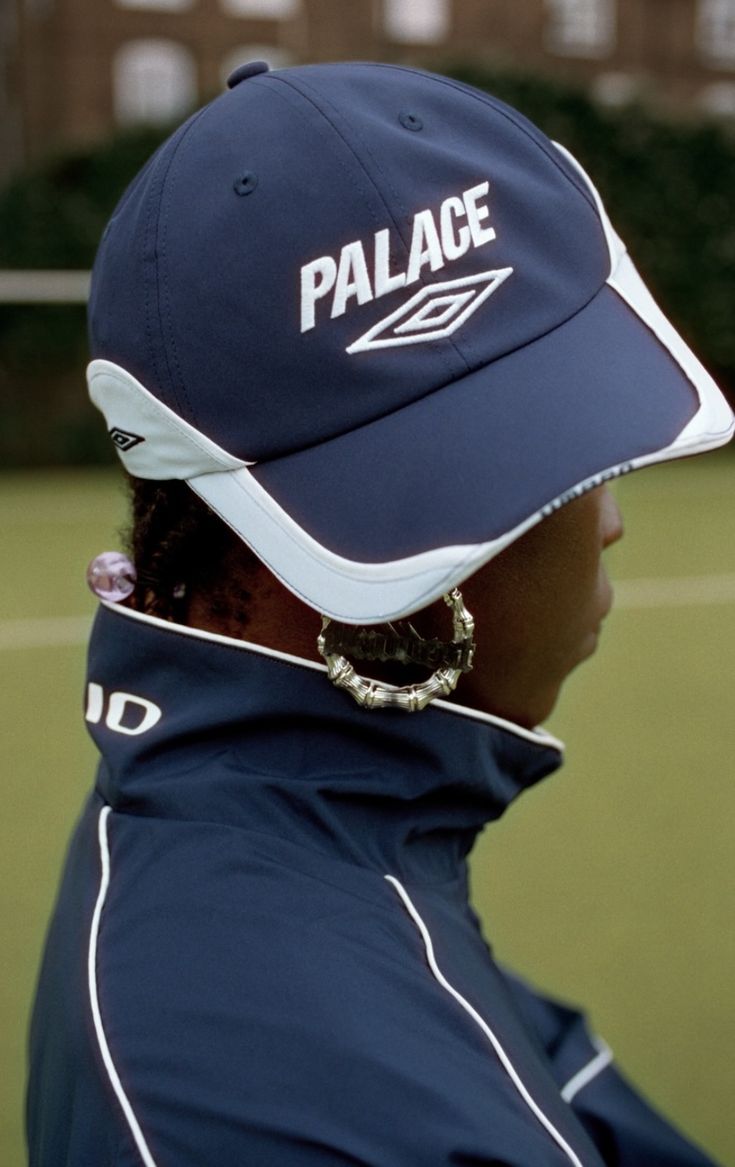
Photo: Pinterest
Palace captures the raw essence of London's skate culture with its bold graphics and authentic attitude. The brand has successfully transitioned into mainstream recognition while maintaining the edgy appeal that initially resonated with skaters.
Noah: When subculture meets sustainability
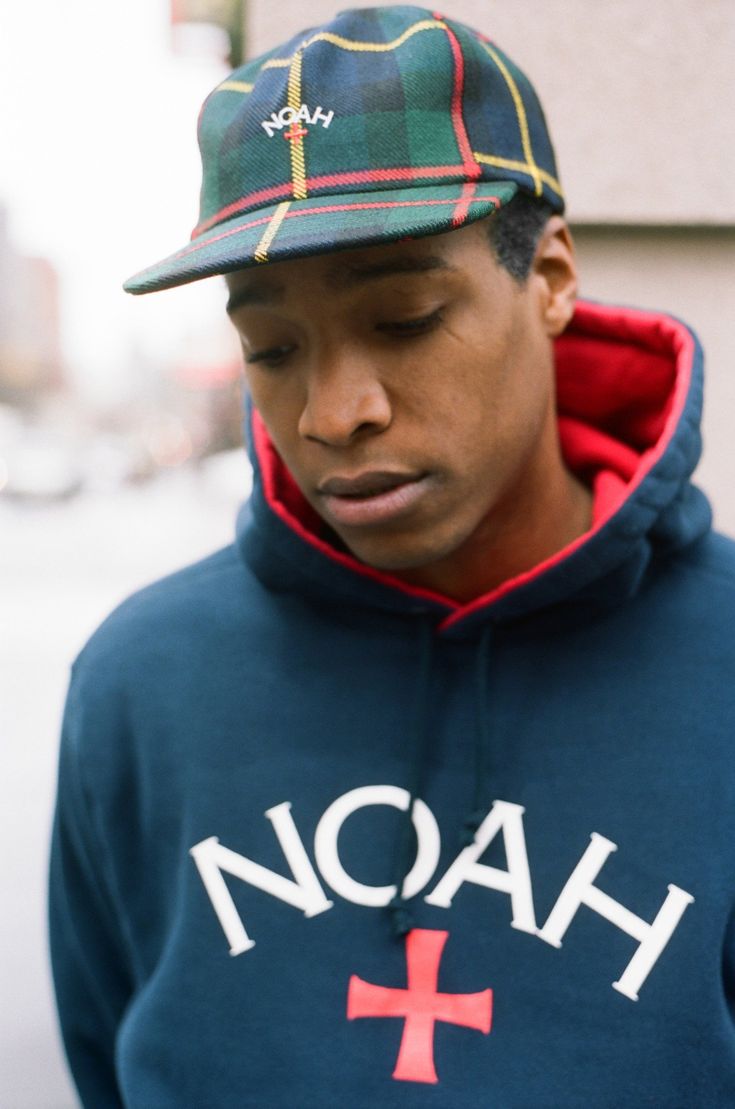
Photo: Pinterest
Respecting our planet's resources while resonating with urban subcultures, Noah stands out with its commitment to sustainability. Their blend of street-savvy designs and eco-friendly practices are setting new standards within the fashion scene.
A Bathing Ape: Pioneer of Japanese Street Style
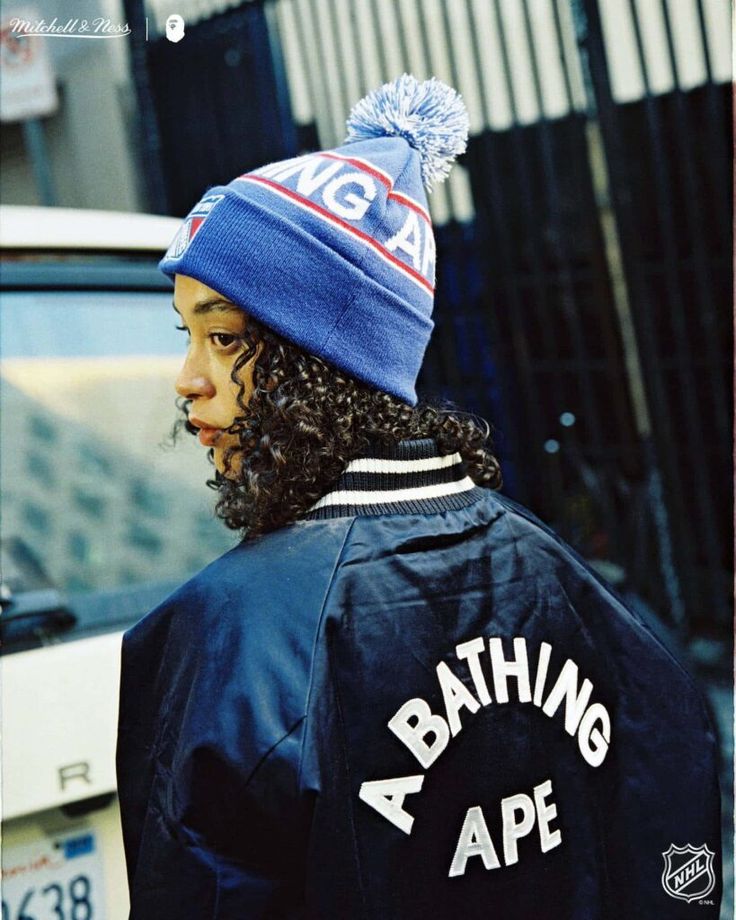
Photo: Pinterest
From Tokyo’s vibrant streets, a Bathing Ape—or BAPE—has emerged, blending Japanese labels with street sensibility. Their iconic camo patterns and ape head logo have made a mark in the fashion and music industries.
Off-White: The Legacy of Virgil Abloh
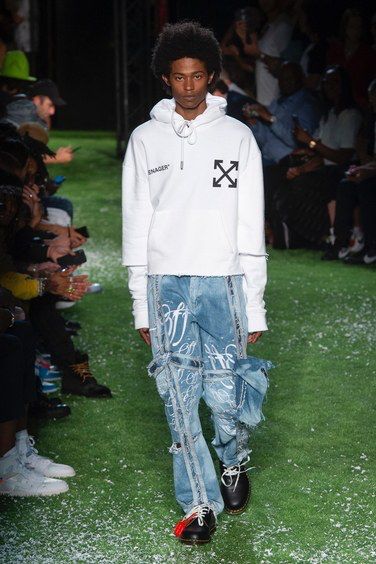
Photo: Pinterest
Virgil Abloh, the late brilliant designer of Off-White, had a lasting influence on the industry. Off-White crosses the gap between luxury and streetwear, creating fashionable and creative items that stand out. Abloh's legacy continues to impact the premium streetwear brand, establishing Off-White's position as a leader in the combination of high-end and urban style.
Carharrt: When Workwear meets Streetwear
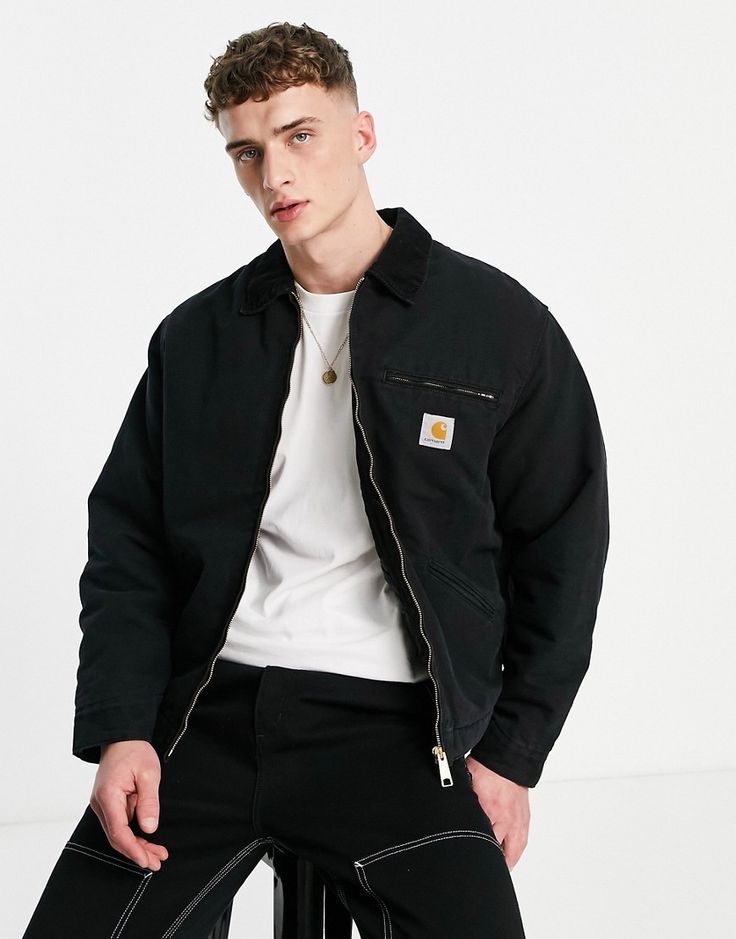
Photo: Pinterest
Carhartt WIP adds a unique spin to any wardrobe by merging rugged workwear with slick street design. Carhartt began as a heavy-duty workwear brand and has conquered the streetwear fashion scene, providing solid clothing with a modern twist.
—
Innovative streetwear is an important part of the fashion business, influencing high fashion and changing the landscape of men's clothes. Since athletes and artists regularly wear these outfits, the top streetwear labels are now at the forefront of global fashion trends.
Streetwear designers are on the rise and have become major players in the fashion world. Once a niche subculture, many streetwear brands are now transforming global trends: This movement seamlessly blends comfort with a high-fashion aesthetic, harmonizing self-expression with practicality in a stylish setting. The numbers speak for themselves:
According to a recent study by 360 Research Report the Global Streetwear market is expected to experience significant growth between 2024 and 2032. In 2023, the worldwide streetwear market reached a value of US$ 195.5 billion. It is projected to grow to US$ 251.39 billion by 2030, with a compound annual growth rate (CAGR) of 3.6% expected between 2024 and 2030.
The emergence of streetwear designers
The surge in popularity of streetwear has brought a wave of designers and labels into the industry. These brands are known for their unique styles, high-quality materials, and innovative fashion sense that appeals to a wide range of audiences.
Whether inspired by surfers, artists, or urban trendsetters, each brand has its own story and commitment to craftsmanship, securing its spot in the everyday wardrobe and the diverse landscape of street fashion.

From Origins to Icons: The Evolution of Streetwear Designers
The streetwear trend originated in the late 1980s when Shawn Stussy, founder of Stüssy, a small surfboard company, started printing logo t-shirts in Los Angeles, California, sparking its growth.
In the early 1990s, the streetwear journey continued as major record labels linked to hip-hop acts like Tommy Boy Records and Def Jam Recordings started selling branded items on letterman jackets and workwear jackets from companies like Carhartt.
By the mid-90s, streetwear had made its way into the hip-hop scenes of New York, the nightlife of Japan, and the skating community in California. Graphic tees, baggy jeans, and bold sneakers were intentionally designed as a form of expression for their wearers: the rapper, the skater, and the rebel.

Even though Streetwear originated in the 80s, but it wasn't until the early 2000s that it gained popularity, thanks to skaters influencing pop culture. Supreme and Stussy dominated the scene in America and Europe during this time. Since then, streetwear has evolved and expanded its audience.
The 2000s also saw the rise of the "bling" culture, with luxury brands like Burberry, Gucci, and Fendi making appearances in hip-hop videos and films. Fashion clothing manufacturers began adopting the concept of limited-edition capsule collections, known as "drops," using social media and product scarcity as marketing tools.
Why are streetwear brands so popular?
The impact of streetwear on retail culture and the fashion industry has captured the attention of renowned brands in retail, luxury goods, and the broader fashion sector.
Streetwear encompasses a diverse array of players within the fashion industry, including pure streetwear brands, sportswear companies transitioning into streetwear with trendy sneakers and hoodies, and luxury brands seeking to establish a presence in the streetwear market. This interest is largely driven by the opportunity to tap into a new demographic of younger consumers. The audience for streetwear is predominantly youthful, with a majority under the age of 25.
One key aspect that has piqued the interest of established brands is how streetwear has disrupted the traditional fashion trend model. Unlike the conventional top-down approach in the fashion industry, where insiders dictate trends, streetwear has empowered customers to shape what is considered fashionable.
This shift has redefined the notion of exclusivity and desirability, emphasizing scarcity and insider knowledge over high prices. In essence, streetwear has revolutionized the profitability of being "cool."
The most iconic streetwear designers: a compilation
Stüssy: Leading the Way in Street Fashion

Photo: Pinterest
Stüssy is more than just a brand—it's a legacy. Founded by Shawn Stussy in the early '80s, Stüssy revolutionized streetwear by blending surf and skate culture. It quickly became a must-have in countercultural fashion worldwide. With its iconic logo and innovative designs, Stüssy continues to influence and shape the streetwear scene.
Supreme: An iconic brand from the streets of New York

Photo: Pinterest
Supreme began as a skate shop in New York and quickly gained widespread popularity, becoming closely associated with street and youth culture. Renowned for its limited releases and partnerships, Supreme's iconic box logo now represents both exclusivity and a sense of community.
Palace: London's Skateboarding Brand

Photo: Pinterest
Palace captures the raw essence of London's skate culture with its bold graphics and authentic attitude. The brand has successfully transitioned into mainstream recognition while maintaining the edgy appeal that initially resonated with skaters.
Noah: When subculture meets sustainability

Photo: Pinterest
Respecting our planet's resources while resonating with urban subcultures, Noah stands out with its commitment to sustainability. Their blend of street-savvy designs and eco-friendly practices are setting new standards within the fashion scene.
A Bathing Ape: Pioneer of Japanese Street Style

Photo: Pinterest
From Tokyo’s vibrant streets, a Bathing Ape—or BAPE—has emerged, blending Japanese labels with street sensibility. Their iconic camo patterns and ape head logo have made a mark in the fashion and music industries.
Off-White: The Legacy of Virgil Abloh

Photo: Pinterest
Virgil Abloh, the late brilliant designer of Off-White, had a lasting influence on the industry. Off-White crosses the gap between luxury and streetwear, creating fashionable and creative items that stand out. Abloh's legacy continues to impact the premium streetwear brand, establishing Off-White's position as a leader in the combination of high-end and urban style.
Carharrt: When Workwear meets Streetwear

Photo: Pinterest
Carhartt WIP adds a unique spin to any wardrobe by merging rugged workwear with slick street design. Carhartt began as a heavy-duty workwear brand and has conquered the streetwear fashion scene, providing solid clothing with a modern twist.
—
Innovative streetwear is an important part of the fashion business, influencing high fashion and changing the landscape of men's clothes. Since athletes and artists regularly wear these outfits, the top streetwear labels are now at the forefront of global fashion trends.
